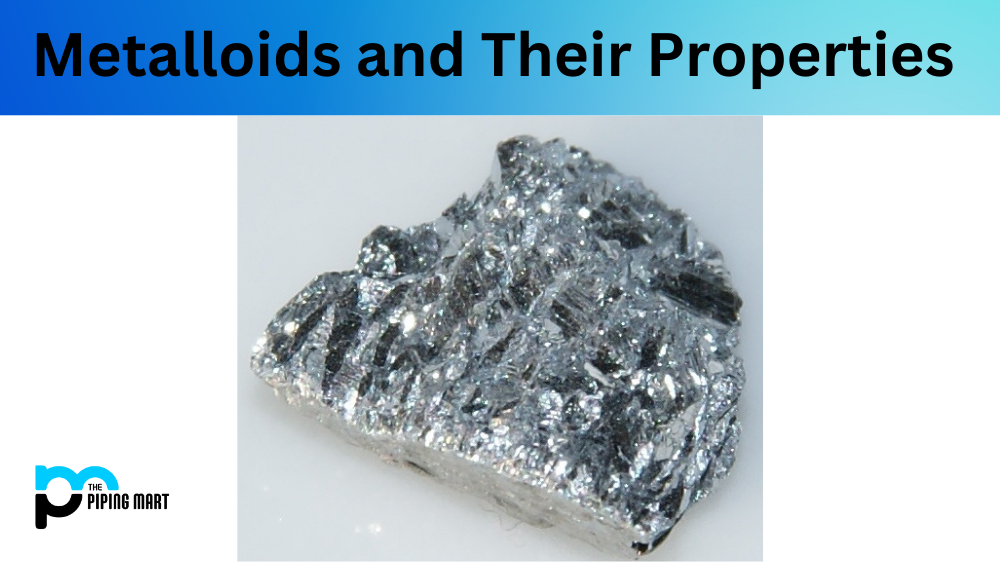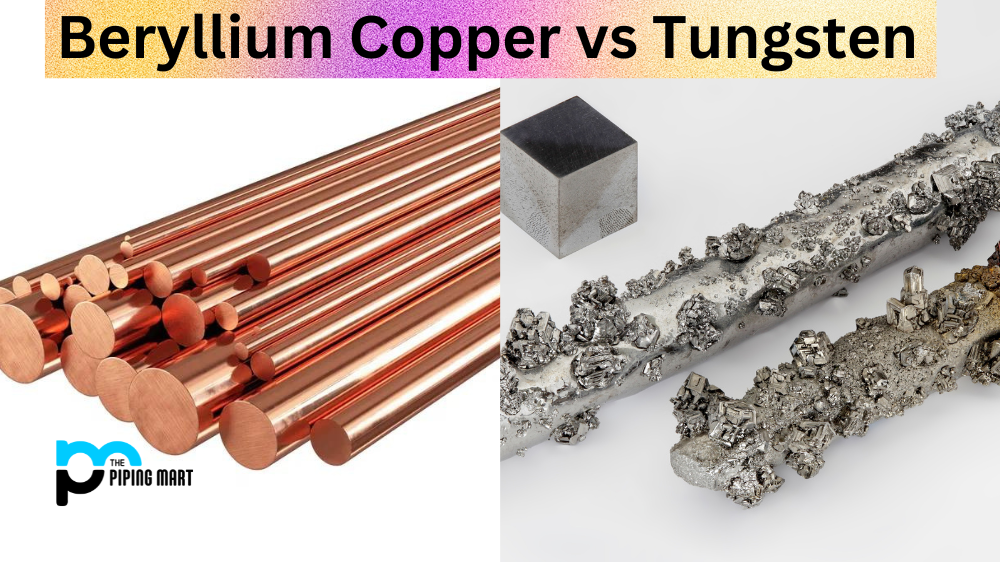MIG welding is a popular and versatile welding technique that many welders use to join two pieces of metal together. It’s most commonly used in the automotive industry but can also be used for other projects. In this blog post, we’ll discuss how to MIG weld galvanized steel—a process that can be challenging but rewarding if done correctly.
Why You Need To Be Careful With Galvanized Steel
Galvanized steel is a type of steel that has been treated with a zinc coating to help protect it from corrosion and wear. The zinc coating helps protect the steel from rust and other environmental damage and makes it more durable in general. However, when working with galvanized steel, there are some essential safety considerations you should be aware of before getting started.
First, when working with galvanized material, you should always wear proper safety equipment, such as gloves, a face shield, and long-sleeved clothing. This is because the zinc coating on the steel can produce toxic fumes when heated up during the welding process. Additionally, you should set up your workspace in a well-ventilated area so that any potentially toxic fumes don’t linger or accumulate where workers or bystanders can inhale them.
Process of MIG Welding Galvanized Steel
Due to its unique properties, MIG welding galvanized steel requires some special considerations compared to regular welding projects. The first step is to choose an appropriate wire for your machine—typically one specifically designed for aluminum—and then set the machine accordingly using the manufacturer’s instructions and settings recommended for your particular project type. Once this is done, you can begin welding!
When welding galvanized steel, it’s important to move slowly and take time to ensure a quality weld joint without any burn-throughs or gaps in the finished product. Additionally, it would help if you cleaned off any debris or slag from each pass before making additional passes on top of it; this will help prevent contamination of your weld joint, which could weaken its structural integrity over time. Lastly, once your weld joint is complete, you should inspect it closely for any areas where additional passes may be necessary before finishing the project.
- MIG welding galvanized steel is relatively simple and requires no special equipment.
- The first step is to clean the steel surface you will be welding. This can be done with a wire brush or a grinding wheel.
- Next, you must set your welder to the proper settings for welding galvanized steel. This includes setting the amperage and wire speed.
- Once your welder is set up, you can begin welding the galvanized steel. Start by making a small tack weld in the corner of the joint you will be welding.
- After making your tack weld, you can begin welding the joint using the same settings you used for the tack weld.
Conclusion:
MIG welding galvanized steel can be challenging but rewarding if done correctly! By following these tips and taking extra precautions due to its unique properties (such as wearing proper safety equipment), you can confidently complete projects involving this material with ease and satisfaction, knowing that your work will stand up against corrosion and other environmental damage over time! Whether you’re an experienced welder looking for a new challenge or just starting with aluminum projects—MIG welding galvanized steel offers plenty of opportunities for growth and learning along the way!

Hey, I’m Krutik, a casual blogger expert in the metal industry. I am passionate about providing valuable information to my readers. With a background in engineering and construction, I like playing Cricket & watching Netflix shows in my free time. Thank you for visiting my blog, and I hope you find my information helpful!




